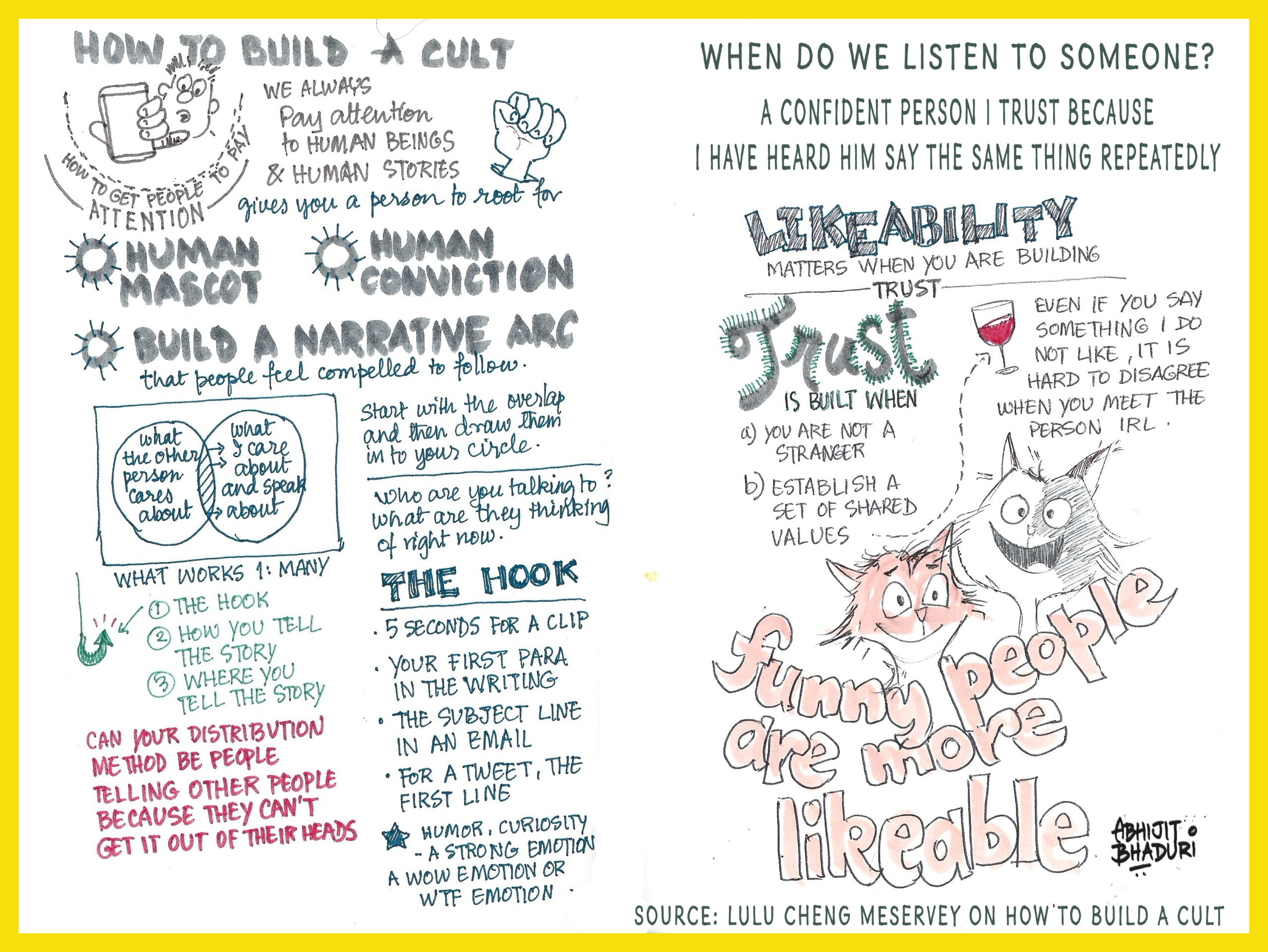
I had asked my readers on LinkedIn to suggest ideas on how to improve the candidate (selected and rejected) experience. See the poll details here

1. Desire for Growth: A majority (55%) prioritized feedback because candidates are hungry to learn. Even if rejected, they want to know why—so they can do better next time. It’s not just about landing the job; it’s about leveling up.
2. Psychological Safety: Reducing uncertainty (33%) is powerful. Silence from employers causes anxiety. Just knowing the timeline or outcome—even if it’s a rejection—restores some control and dignity.
3. Perceived Low Impact: The remaining two options—data deletion and virtual prep—scored low likely because they feel that the employers are likely to ignore that suggestion. Virtual preps are a great idea I think. But interviewers tend to do that only when they are struggling to find some niche talent.
3 Counter-Intuitive Ideas to Embed Candidate Voice
- Reverse Interview Panel
At the end of the hiring process (especially for finalists), let candidates “interview” the panel—on culture, leadership, or feedback on the company’s own process.
Why it works: It flips the power dynamic, signals respect, and surfaces blind spots in your hiring flow.
Implementation:
• Add a 15-minute segment titled “Candidate Q&A Reflection” after final interviews.
• Gather feedback from interviewers and candidates for mutual learning.
2. Automated “Feedback Loops” With Context
Use structured templates (or AI-driven summaries) to offer brief, role-relevant feedback—even to rejected candidates. It could be as simple as 3 bullet points.
Why it works: It scales empathy. Most teams skip feedback because it’s time-consuming. Using AI to do this is very doable. Much like the AI generated summary on Zoom after a meeting. I love it.
Implementation:
• Train interviewers to tag candidate strengths/weaknesses in real time. It is a good practice.
• Use internal tools (like Greenhouse notes or Notion templates) to generate auto-feedback with HR review.
3. Candidate Experience “Exit Interview”
Invite candidates (even those rejected) to share feedback in a 2-minute async voice note or form—what worked, what didn’t.
Why it works: Just like employee exits are gold mines for insight, so are candidate exits—yet they’re largely ignored.
Implementation:
• Add a one-click link in the rejection email: “We’d love your idea to help us improve.”
• Aggregate monthly themes and share trends internally with recruiters/hiring managers.



